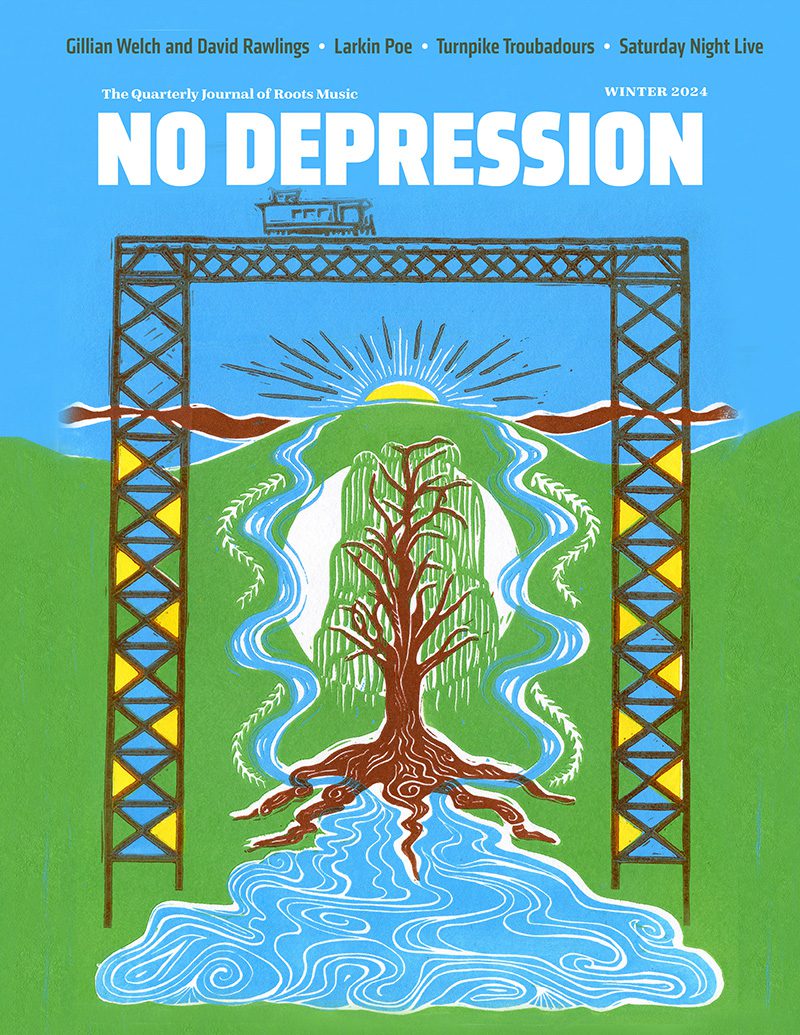Lucy Kaplansky’s ‘Reunion’
I’m not sure how it was that I came upon Lucy Kaplansky’s music. She’s never been what anyone outside of certain songwriter circles would call “famous,” despite the fact that she came up through the same music scene which fostered Shawn Colvin and Suzanne Vega, not to mention songwriters’ songwriters like John Gorka. Her name is a secret singer-songwriters used to share after shows, back in the late ’90s and early ’00s before we even had MySpace to use as a networking tool. Somewhere between “I liked your set” and “Do you have somewhere to crash?” there would be that moment of trading obscure influences. Dave Carter was one of those names you dropped, so was Kaplansky.
I got out of that scene a while ago, so I don’t know if those names fly around anymore. These days it’s probably all Justin Vernon and Colin Meloy. Artists with names too strange and polysyllabic to find their way to the mainstream now dictate the mainstream’s flow. (The internet has done awesome things for awkwardly named artists.)
I didn’t realize until I started gathering my thoughts to talk with Kaplansky about her new album, one big reason she remained an obscure influence of so many artists was because she quit music for a while, right around the time major labels started showing an interest in making deals with Greenwich Village songwriters. She said no and headed off to the professional world to become a psychologist instead. She adopted a daughter, lived a life. Then, in the ’90s, she popped back into the songwriting world where she remains today.
She’s collaborated at length with John Gorka and Nanci Griffith. She’s participated in two separate songwriters-in-the-round collaborative albums: Cry Cry Cry with Dar Williams and Richard Shindell; and Red Horse with Gorka and Eliza Gilkyson. She’s shown up in the background of other people’s albums. When she was being courted by the majors, it was as a duet with Shawn Colvin. All this collaboration shouldn’t, however, overshadow what Kaplansky is capable of doing – and has done – alone.
On the phone one late summer day, she tells me she loves playing music with her friends, but when she does a solo album – even though many of them show up to chip in – hers is always the final say. The band plays live – everything you hear is true to the music human beings actually made in a room together. It’s important to her to capture living, breathing songs. After all, her songs are about living, breathing people. They’re about life itself, in all its awkward, emotional, and difficult glory. There’s poetry in there, but not at the cost of the stories themselves.
Making music, her songs seem to say, is like tapping a tree for syrup. You put the tool to work and then stand back and let it flow – slow, thick, lifeblood. Honesty. You get what’s there to be given.
I’ve been listening to her new album Reunion on repeat for a while now trying to pull words together to write this post, and they just keep escaping me for some reason. I thought about just posting an interview, but what Kaplansky has to say is all in the songs. Posting her explanation would be redundant. Frankly, his is a really good album pairing original songs about family and personal origin with covers of tunes by Gilkyson, Woody Guthrie (with an arrangement by Slaid Cleaves), and Amy Correia. That those are the three artists whose work she chose to pluck for this collection about what makes a family matter, says a lot. It’s not just who you find yourself living with that informs your familial bonds. It’s what you find yourself doing, who you do it with. The Woody Guthrie tune says it all:
Each drop of blood within me, each breath of life I breathe
Is united with these mountains and the mountains with the seas
Sometimes talking about music really is like dancing about architecture. Just tune into Lucy Kaplansky, if you will. Tune in closely, though. Turn everything else off. Sit there. Listen. Reunite with the you that’s just waiting.


